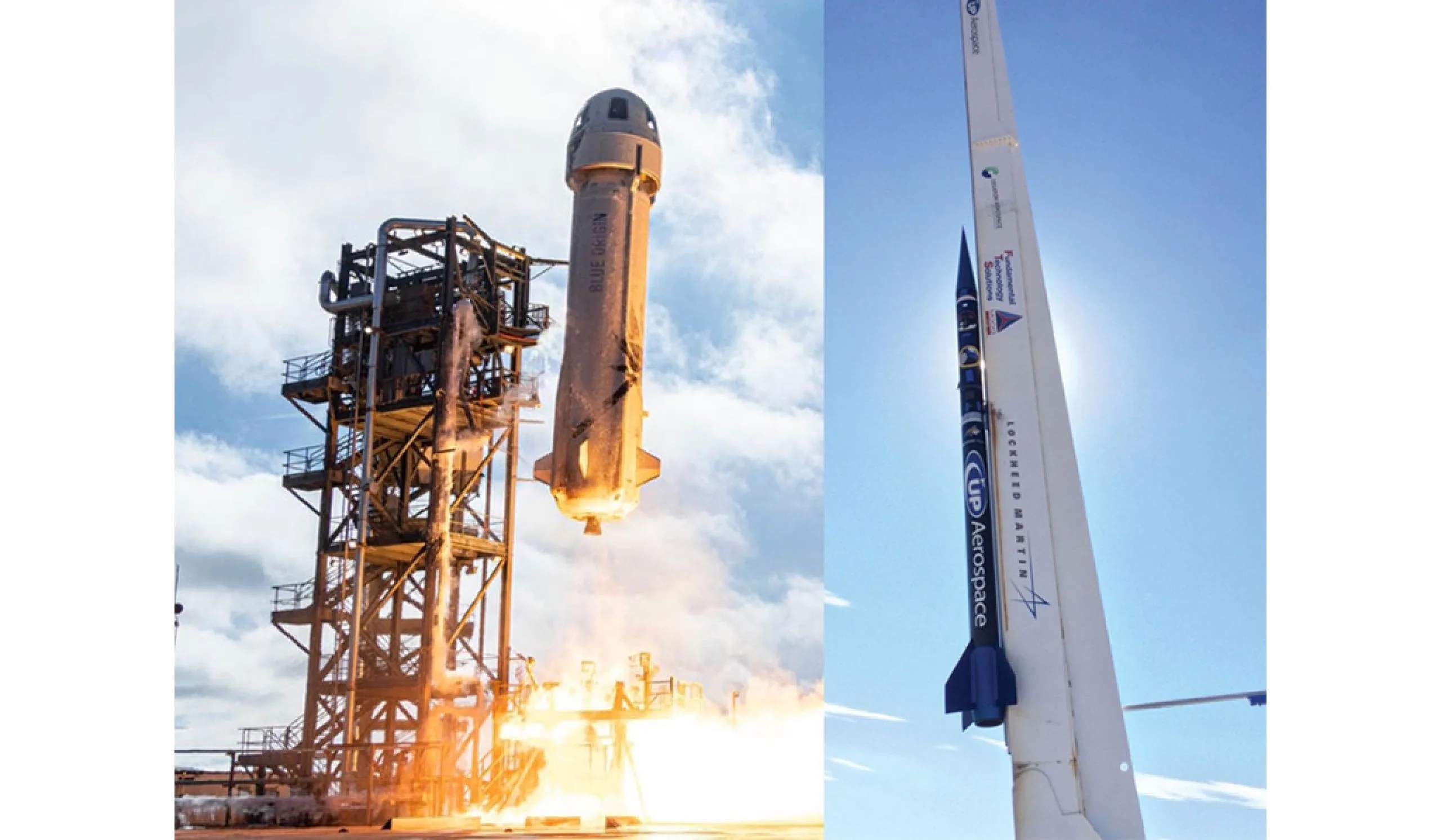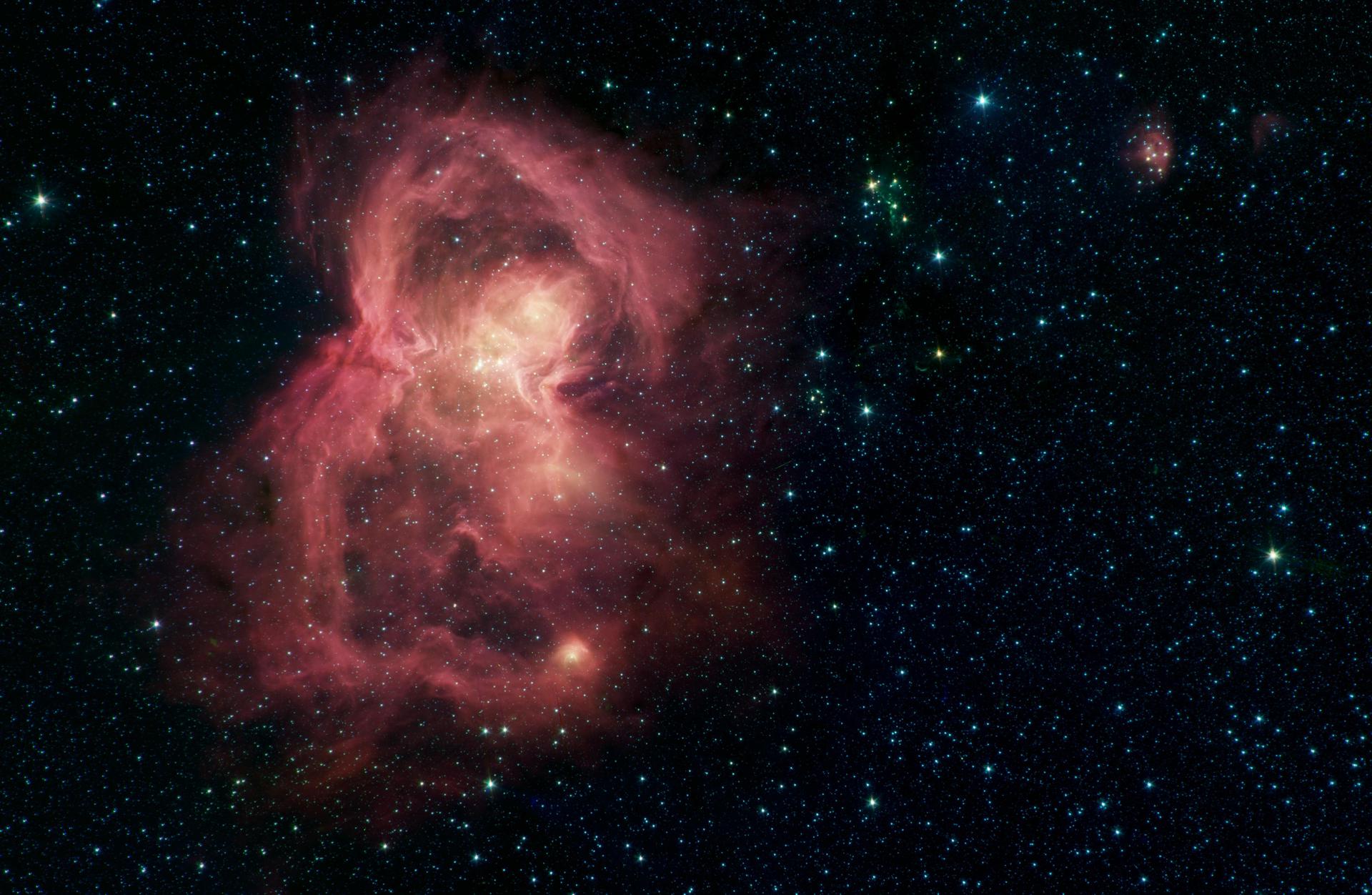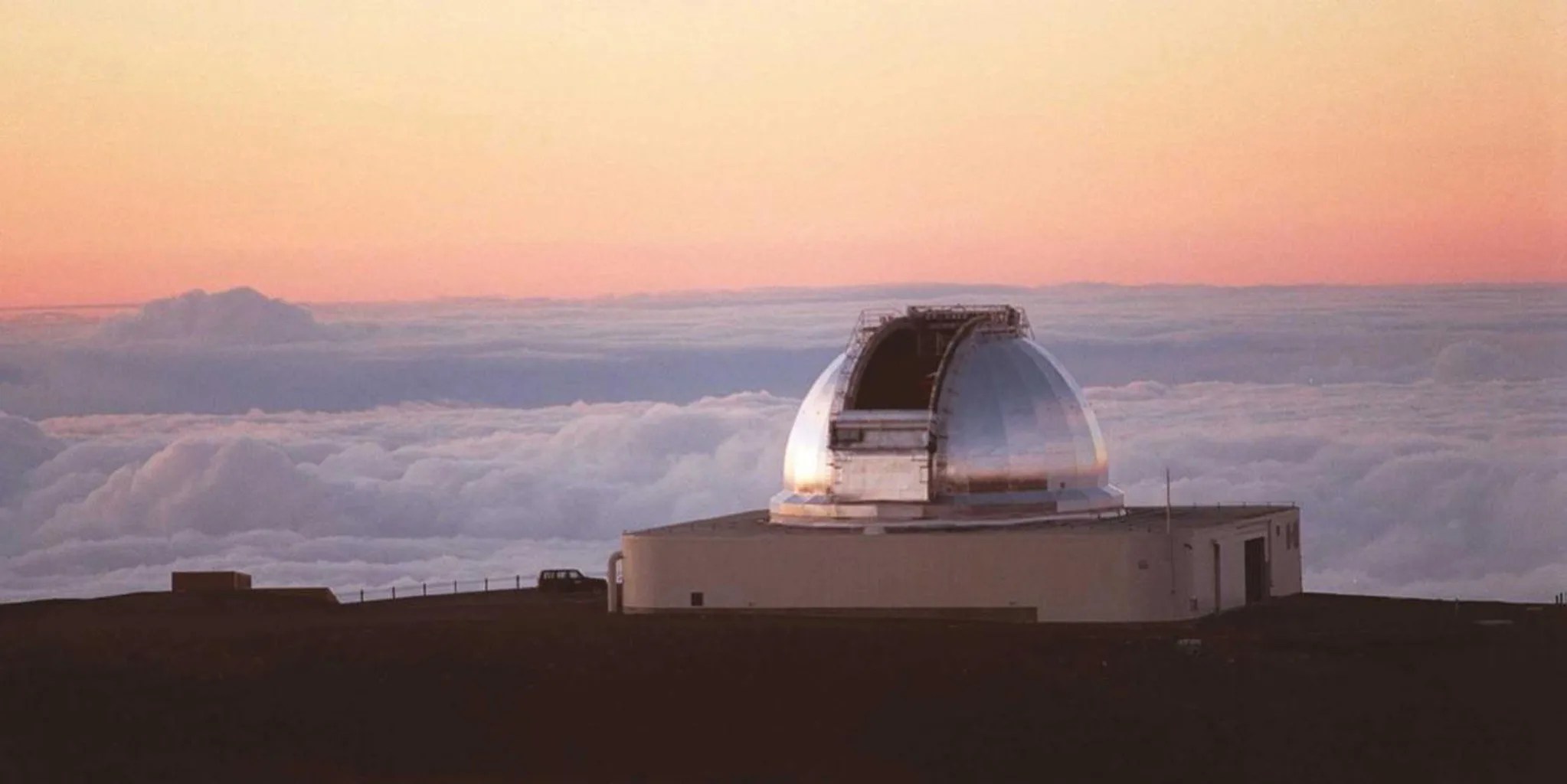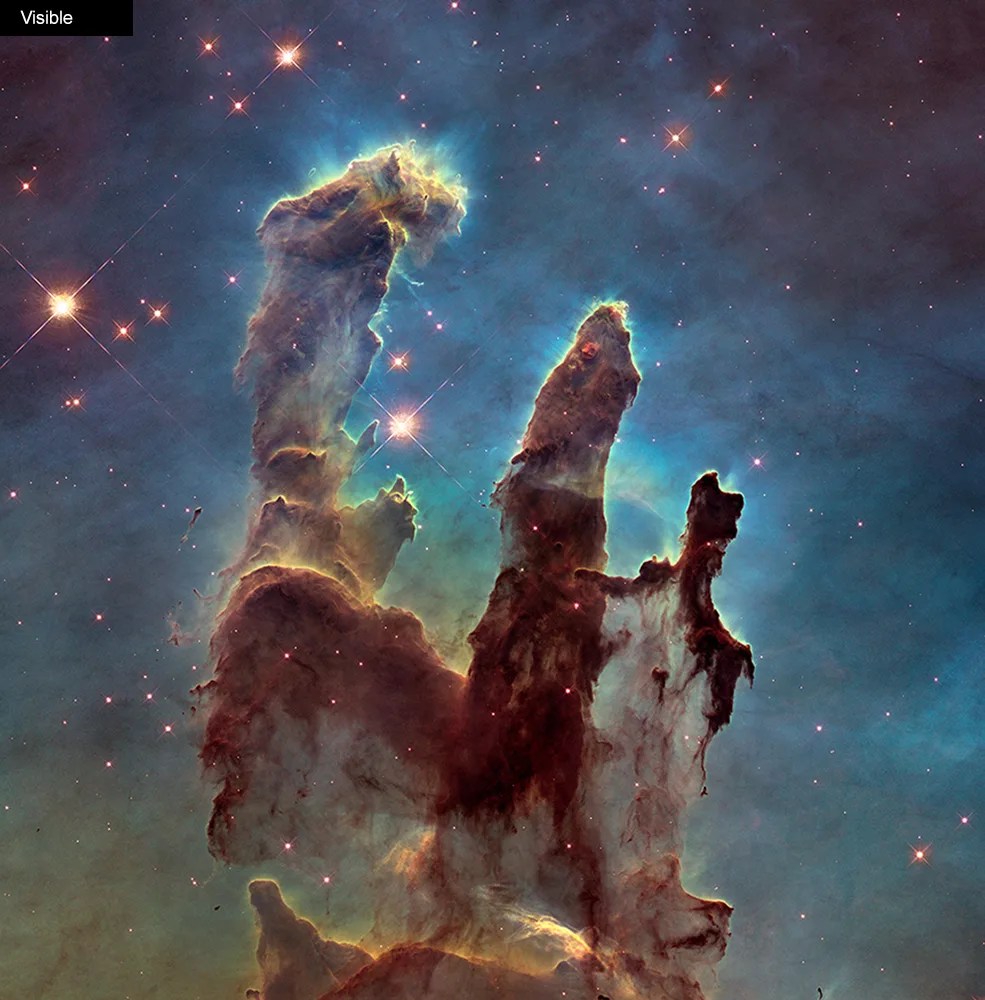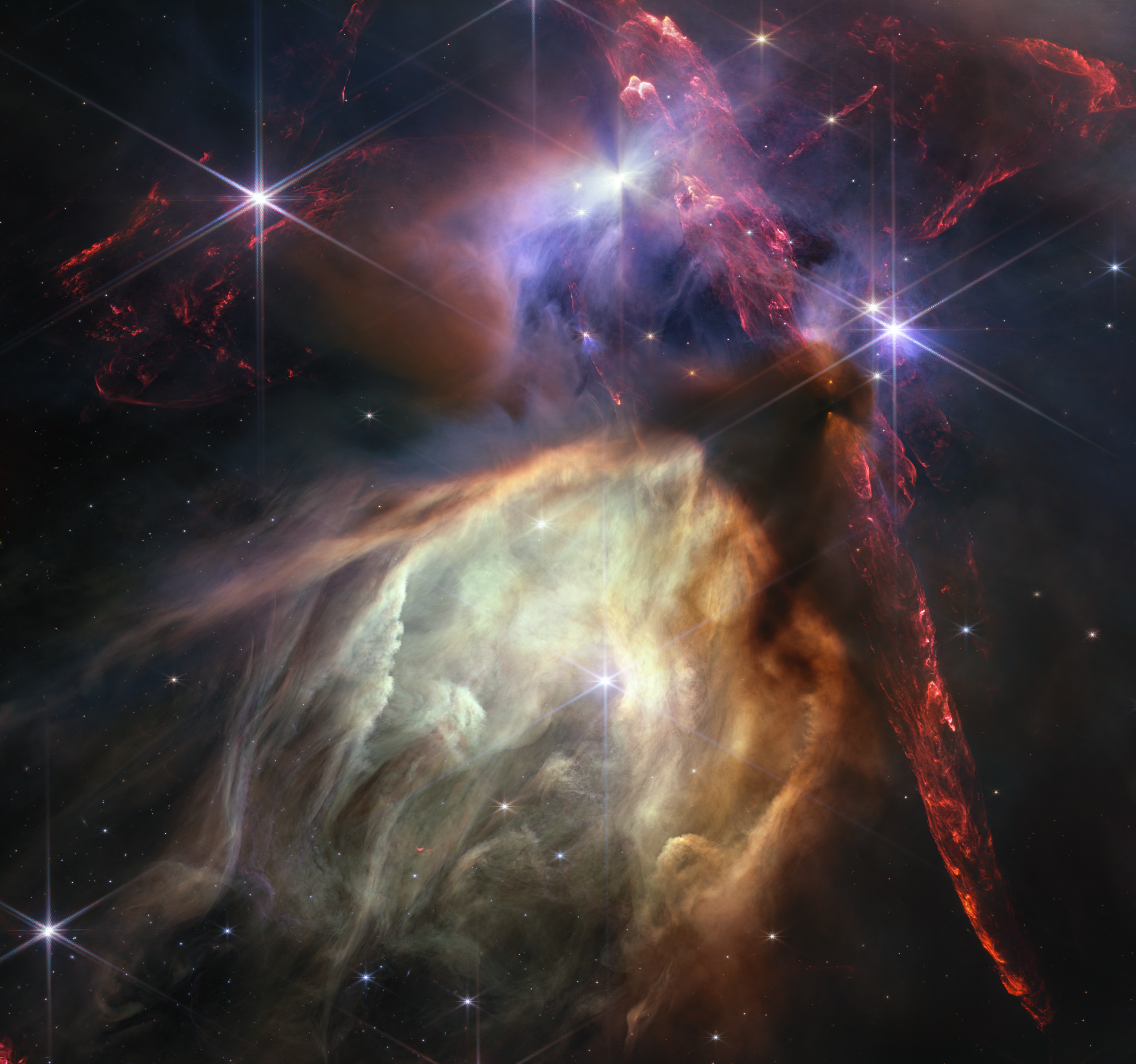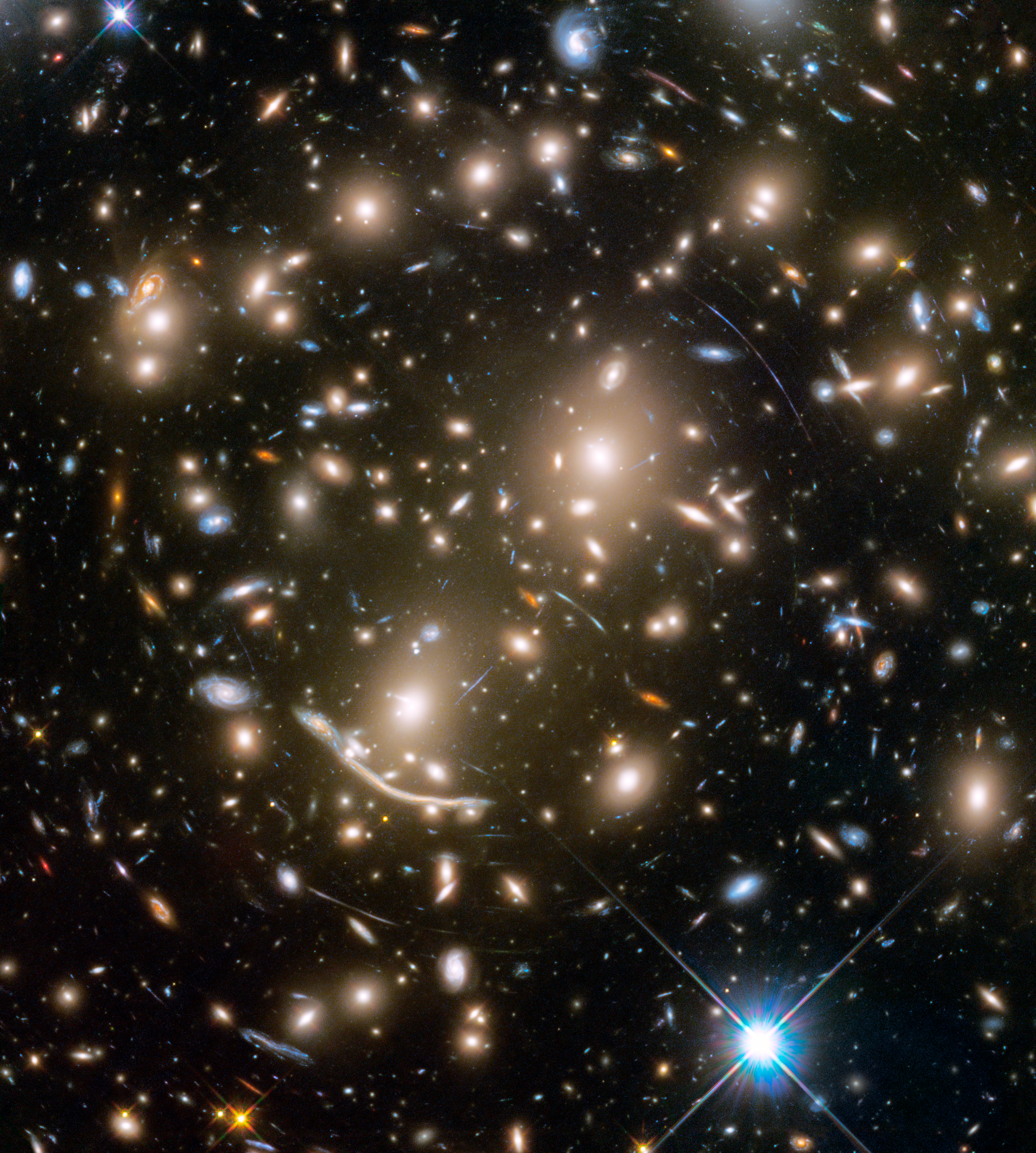New Science Plan Released
All members of the community are encouraged to read the new Science Plan, Science 2020-2024: A Vision for Scientific Excellence, which may be downloaded at https://science.nasa.gov/about-us/science-strategy.
NASA leads the nation on a great journey of discovery, seeking new knowledge and understanding of our planet Earth, our Sun and solar system, and the universe out to its farthest reaches and back to its earliest moments of existence. NASA recognizes the scientists and engineers who utilize science data, are at the center of it all.
The For Researchers section of the Science website hosts the Science Data webpage, the home for NASA’s Science data and computing resources. Researchers will also find information on resources for the Research and Analysis Program, solicitation, submission, and the ROSES peer review process.
The following webpages are designed for NASA researchers who use NASA science data and plan to propose or have submitted a proposal to a research solicitation from the Science Mission Directorate (SMD).
The NASA Advisory Council Science Committee is a standing committee of the NASA Advisory Council (NAC), supporting the advisory needs of the NASA Administrator, SMD, and other NASA Mission Directorates, as required. The scope of the Committee includes all NASA Earth and space science-related programs, projects, activities and facilities.
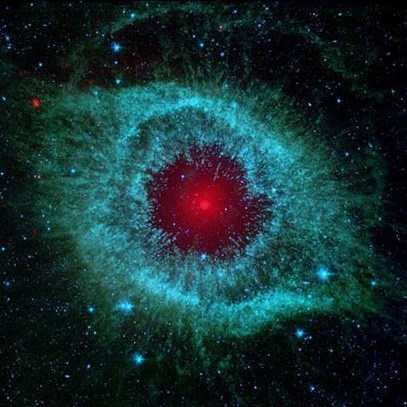
Currently, SMD stores over 100 Petabytes (PB) of observational and model data. Within 5 years, all four Science Divisions are projected to generate over 100PB of data per year and continue to grow rapidly as new missions are launched and new models are run. This anticipated growth of SMD's science archives presents unique opportunities for new scientific discovery as well as significant challenges for data management, curation, access, analysis, maintenance of provenance, and computing.
Research and Analysis Program
SMD Research, Analysis and technology development is being conducted by scientists, engineers, and educators from NASA centers, universities, nonprofits, other Government laboratories, and for profit corporations all across the U.S. SMD solicits proposals for projects covering a very wide range of subjects and evaluates proposals by peer review. On these pages you may learn more about funding opportunities, information about prior proposals that were selected, and find points of contact for our various research programs. For information about the research opportunities for the NASA Postdoctoral Program, please see the NASA Postdoctoral Program page.
Proposals
SMD funds research and technology development primarily through the omnibus solicitation called Research Opportunities in Space and Earth Science (ROSES), which is made up of many different calls for proposals, each with its own topics and due date. The current opportunities (in ROSES-2024) are listed at http://solicitation.nasaprs.com/ROSES2024table3 displays all of the ROSES-24 calls for proposals, organized by science "division" and the titles are hypertext links that will take you to the NSPIRES page for that particular call for proposals. We have a FAQ for ROSES, some ROSES selection statistics, and a blog for amendments, clarifications, and corrections to ROSES. ROSES, other solicitations, and community announcements may be found on the Funding Opportunities Page. You may want to visit the "library" which has PDFs of SMD policies and links to talks about proposal writing, good resources for early career folks and/or people who have less experience writing proposals for NASA. Early career researchers are encouraged to volunteer as a peer reviewer, visit the New PI resources page, and the "how to" guide may be useful. Questions about the technical content of ROSES program elements should be directed to the relevant program officer on the Program Officers List. For those new to the NSPIRES web interface for submitting proposals, there are some walk throughs on the NSPIRES hints page and we now have web pages devoted to Dual-Anonymous Peer Review (DAPR) and the programs in planetary science with No Due Date (NoDD).
Senior Advisors for Research and Analysis or the "SARA" Team
SMD’s Senior Advisors for Research and Analysis include a "Deputy Associate Administrator for Research" (Michael New), an “Assistant Deputy Associate Administrator for Research” (Dan Evans), a “Lead for Research (LR)” (Max Bernstein) and a “Deputy LR” (Mary F. Sladek.) The acronym SARA, first coined in 2007 for just one Senior Advisor has been used in web URLs and continues as an easy-to-remember generic email address SARA@nasa.gov providing continuity when SMD reorganizes, someone leaves or new team members/positions are added.
Please direct questions or corrections on this page to SARA@nasa.gov
For Researchers
Astrophysics Data
Astrophysics seeks to understand the universe and our place in it.
Astrophysics investigates and examines the creation of our universe, the full histories of stars and galaxies, exoplanets, dark energy and dark matter, the Big Bang, black holes, and more. We are discovering how planetary systems form and how environments hospitable for life develop, perhaps to learn that we are not alone.
Read More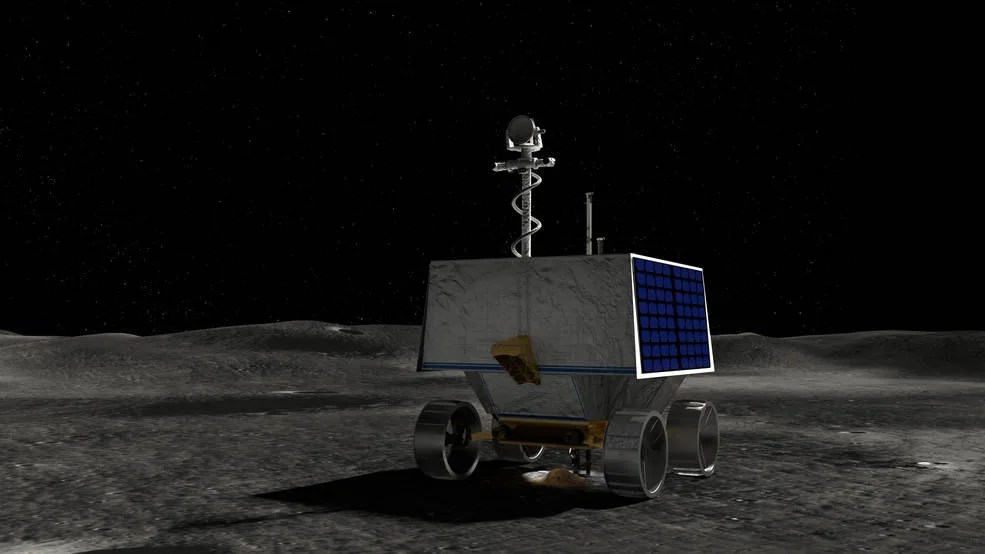
NASA Science Data Overview
Our goal is to reach beyond our current knowledge
We also conduct experiments on biological and physical phenomena in these different environments to advance our scientific knowledge in ways that both support spaceflight exploration and improve life on Earth.
Read More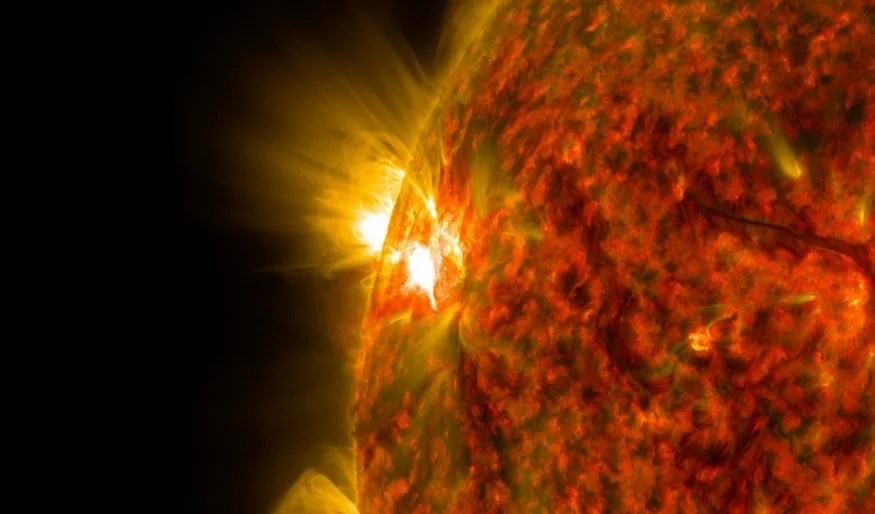
Hubble Snapshot of “Molten Ring” Galaxy Prompts New Research
Hubble Space Telescope’s glamour shots of the universe are so revealing they nearly always have a discovery behind them. In…
Read the Story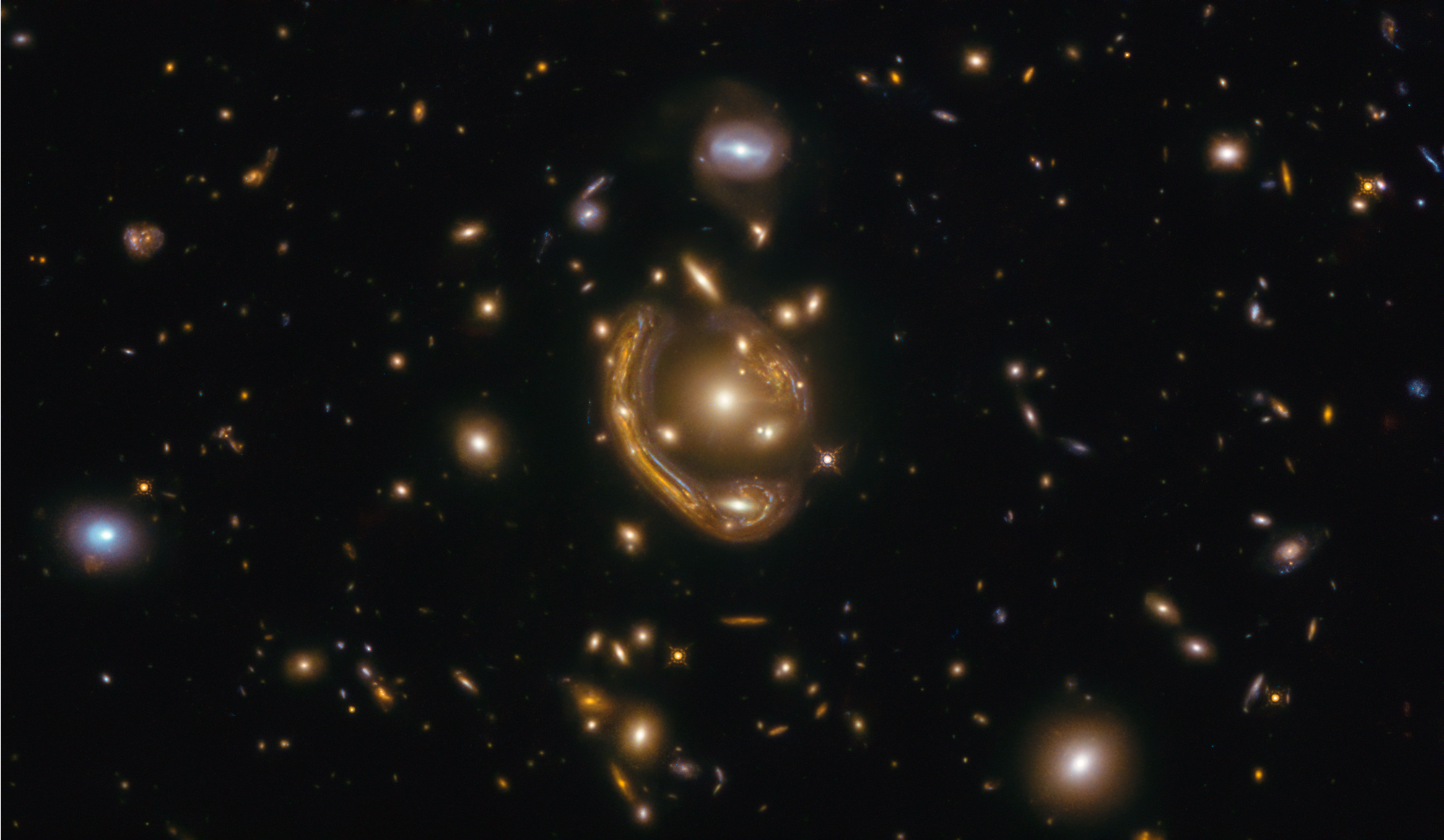
Rocket-Powered Vehicles
A variety of rocket-powered vehicles (Figure 4) can reach altitudes between approximately 80-1400 km, experience periods of continuous microgravity, and allow for either a protected pressurized environment or full exposure to space conditions, and in some cases, payload ejection.
Learn More